Imagine watching an entire underwater mountain crumble to dust. You’d witness massive coral structures that took millions of years to build suddenly collapse, sending shockwaves through ancient coastal communities. Biogenic reefs have been hotspots of biodiversity and evolutionary novelty throughout the Phanerozoic. The largest reef systems in Earth’s history occurred in the Devonian period, but collapsed during the Late Devonian Mass Extinction.
The collapse of the reef system was so stark that it would take until the Mesozoic for reefs to recover their Middle Devonian extent. You might wonder whether such catastrophic events could actually reshape entire prehistoric coastlines. The answer, as scientists have discovered through decades of research, is both fascinating and alarming. When ancient reef systems collapsed, they didn’t just disappear quietly into geological history – they fundamentally transformed the very shape of our planet’s coasts.
The Scale of Ancient Reef Collapse
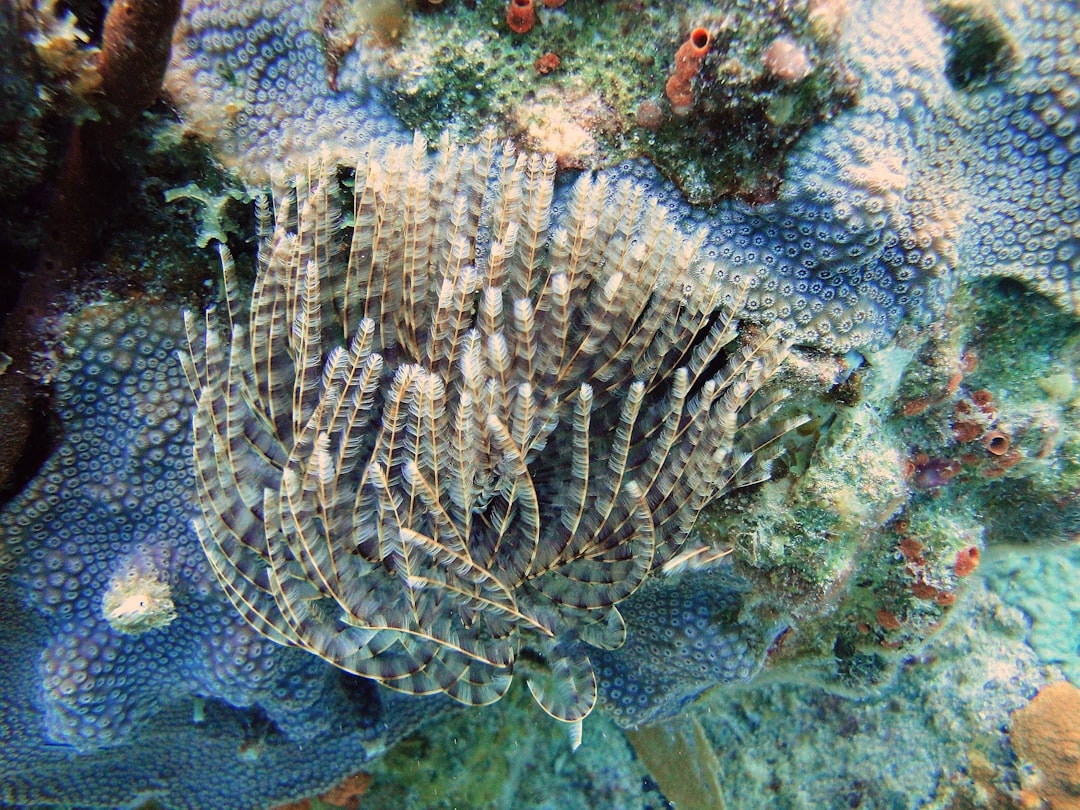
You need to understand just how massive these ancient reef systems were to appreciate their collapse. At times of major reef expansion in the Paleozoic, areas covered by equatorial reef and inter-reef carbonate platforms are conservatively estimated to have periodically exceeded 5 million sq. km, nearly ten times that in the modern ocean. These weren’t just bigger versions of today’s coral reefs – they were completely different geological entities.
A now-dry barrier reef, located in present-day Kimberley Basin of northwest Australia, once extended 350 km (220 mi), fringing a Devonian continent. The sheer size of these structures meant that when they collapsed, the impact was felt across thousands of kilometers of coastline. A massive amount of life on Earth at this time was focused around coral and reef-building species. In fact, Devonian oceans had some of the largest and most diverse coral reefs in the history of the planet.
The Dramatic Timeline of Reef Destruction
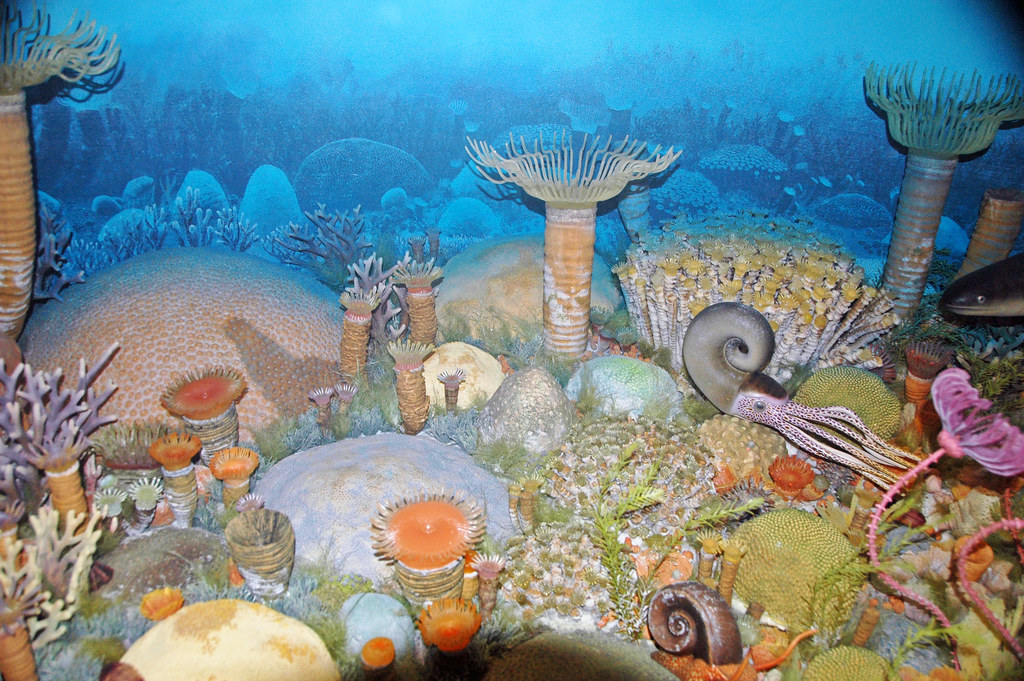
The collapse didn’t happen overnight, yet it was geologically swift. The most hard-hit biological category affected by the Kellwasser event were the calcite-based reef-builders of the great Devonian reef-systems, including the stromatoporoid sponges and the rugose and tabulate corals. Some consider the extinction to be as many as seven distinct events, spread over about 25 million years, with notable extinctions at the ends of the Givetian, Frasnian, and Famennian ages.
The worst of these pulses, called the Kellwasser event, came about 375 million years ago. Rocks from the period in what’s now Germany show that as oxygen levels plummeted, many reef-building creatures died out, including a major group of sea sponges called the stromatoporoids. Picture entire reef ecosystems suffocating in the ancient oceans, their massive structures beginning to crumble as the organisms that built them slowly died away.
How Reef Collapse Triggers Coastal Transformation

When you examine modern reef systems, you see exactly how their collapse can reshape coastlines. A new USGS study of changing sea depths at five large coral reef tracts in Florida, the Caribbean, and Hawai’i, found the seafloor is eroding in all five places, placing coastal communities protected by the reefs at increased risk from storms, waves, and erosion. As a result, coastal communities protected by the reefs are facing increased risks from storms, waves, and erosion.
The analysis shows that, at present, the healthy and well-developed coral reefs system in the southern bay keeps the shoreline in equilibrium and stable, whereas reef degradation in the northern bay is linked with severe coastal erosion. The analysis shows that, at present, the healthy and well-developed coral reefs system in the southern bay keeps the shoreline in equilibrium and stable, whereas reef degradation in the northern bay is linked with severe coastal erosion. This modern evidence gives us a blueprint for understanding what happened when prehistoric reefs collapsed on a much grander scale.
The Great Dying and Its Coastal Legacy
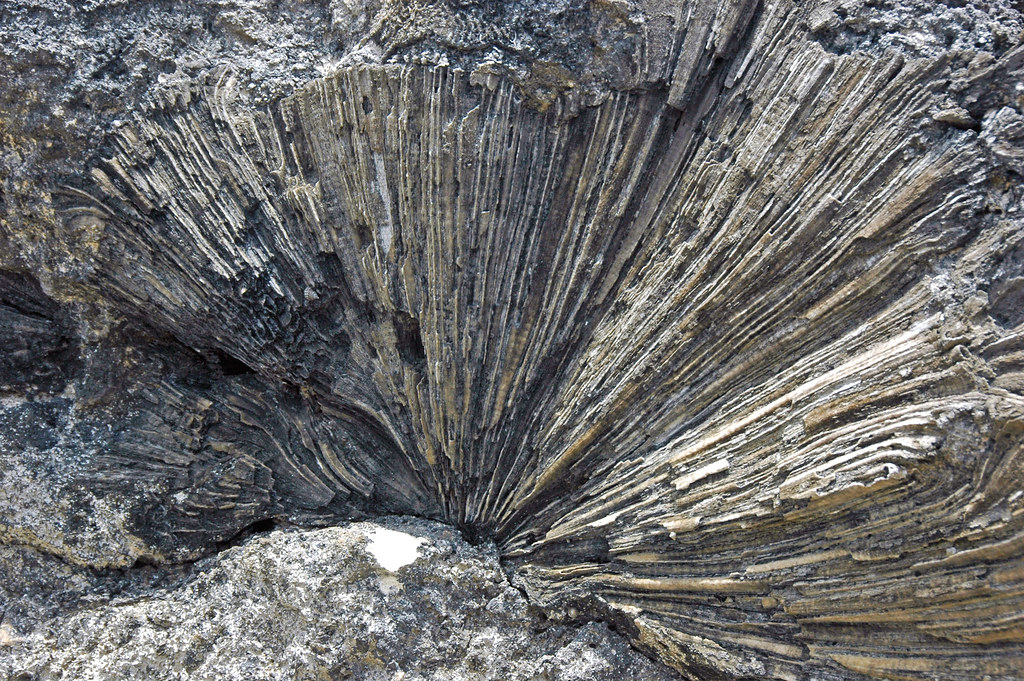
Some 252 million years ago, life on Earth faced the “Great Dying”: the Permian-Triassic extinction. Over about 60,000 years, about 81 percent of all marine species and about three of every four species on land died out. This wasn’t just another extinction event – it was the closest our planet has ever come to losing life entirely.
The End-Permian extinction at approximately 251.9 million years ago was the largest extinction event in the history of life when 96% of species, 56% of genera, and 57% of taxonomic families were lost. At the end of the Permian, conditions became unsuitable for most life and about 95% of marine species were eliminated as well as 70% of terrestrial species in a very short period of time, in geologic terms. The remaining reef structures, now without their living builders, became vulnerable to erosion and collapse, fundamentally altering coastal geography across the globe.
When Sea Levels Fell and Coastlines Shifted
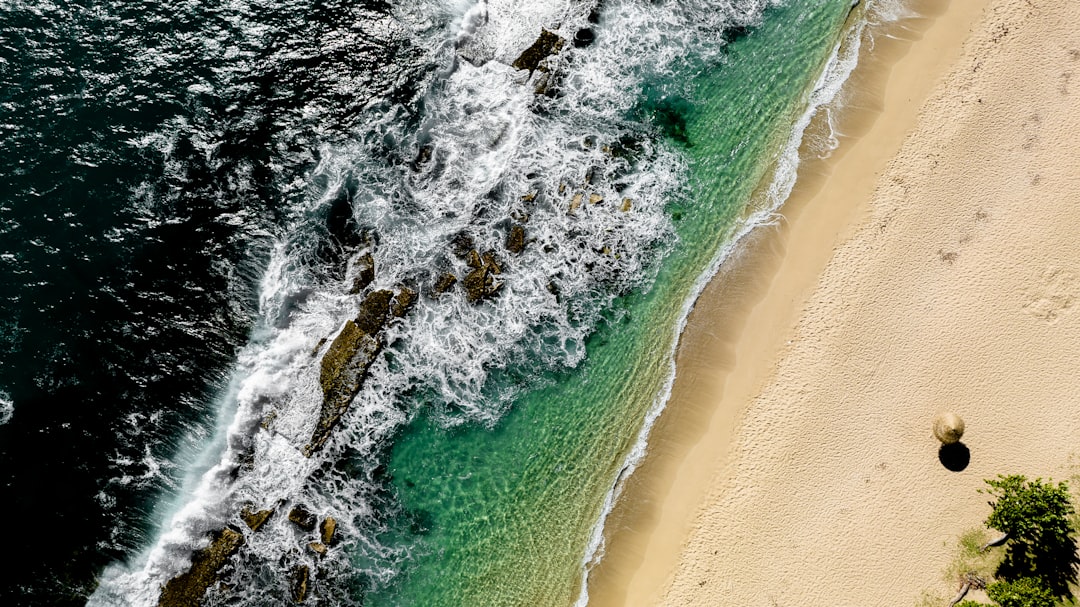
You might think reef collapse only affected underwater landscapes, yet the changes rippled far beyond the ocean floor. This reduction in atmospheric CO2 would have caused global cooling and resulted in at least one period of late Devonian glaciation (and subsequent sea level fall), probably fluctuating in intensity alongside the 40ka Milankovic cycle. The continued drawdown of organic carbon eventually pulled the Earth out of its greenhouse state during the Famennian into the icehouse that continued throughout the Carboniferous and Permian.
We know that in the last 15,000 years – the generally-accepted era of human occupancy of North American coastlines – sea level has varied from more than 100 meters below to as high as 10 meters above the present sea level. Much of this change is the result of climate. When North America was gripped in an Ice Age, water was confined to vast glacial systems resting atop land masses. As the climate warmed, glaciers melted, literally over-filling the oceans and causing the sea level to rise. The collapse of reef systems accelerated these coastal changes dramatically.
Paleoshorelines: Windows into Ancient Coastal Catastrophes
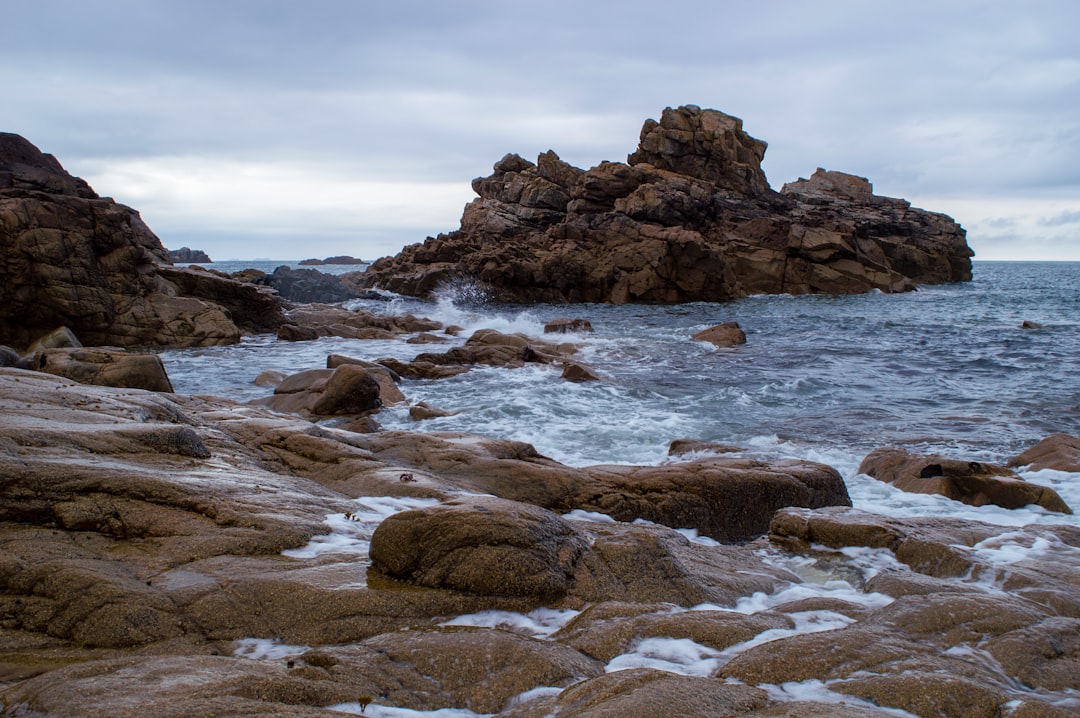
A paleoshoreline (ancient shoreline) is a shoreline that existed in the geologic past. The position of paleoshorelines differed greatly from modern shorelines and can be used to reconstruct past sea levels, environments and ecological communities. These ancient coastlines tell us exactly how reef collapses reshaped entire continental margins.
Because shell-building animals form reefs and large coastal barriers out of skeletal fragments, which can be rapidly cemented together, these structures remain highly preserved even in the face of fluctuating sea-levels. These shoreline features, due to their lack of strong calcium carbonate, are not as pronounced as the coral reefs, which provides strong evidence for the importance of sediment type in preservation of these structures. When you study these paleoshorelines, you’re looking at evidence of how reef collapse fundamentally altered coastal protection systems.
The Modern Echo of Ancient Collapses
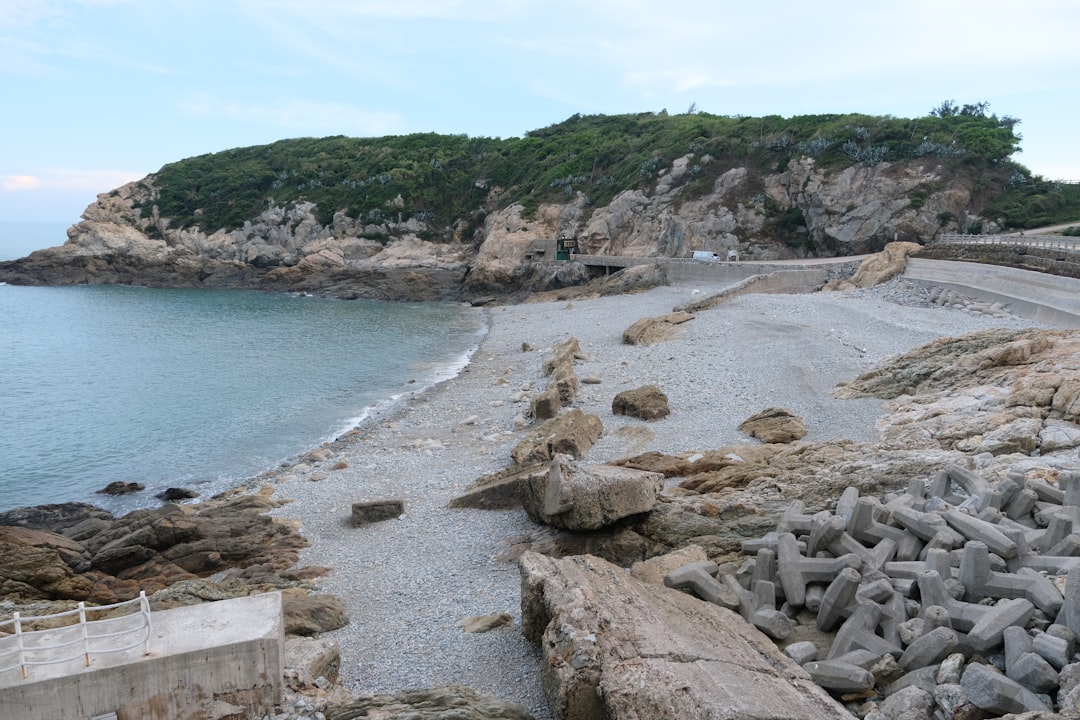
Today’s coastal communities face remarkably similar challenges to those prehistoric ecosystems. Our measurements show that seafloor erosion has already caused water depths to increase to levels not predicted to occur until near the year 2100. At current rates, by 2100 seafloor erosion could increase water depths by two to eight times more than what has been predicted from sea-level rise alone.
Finally, when comparing historical erosion rates of protected and unprotected beaches in Hawai’i, we find a seemingly incongruous pattern where coral reef-protected beaches eroded up to 2x faster than beaches without reefs. While the cause of the enhanced erosion is yet to be fully understood, a combination of coral reef structural degradation and sea-level rise is likely shifting the equilibrium profiles of reef-protected beaches inshore. This paradox shows how complex the relationship between reef health and coastal stability really is.
The Resurrection of Reef Systems
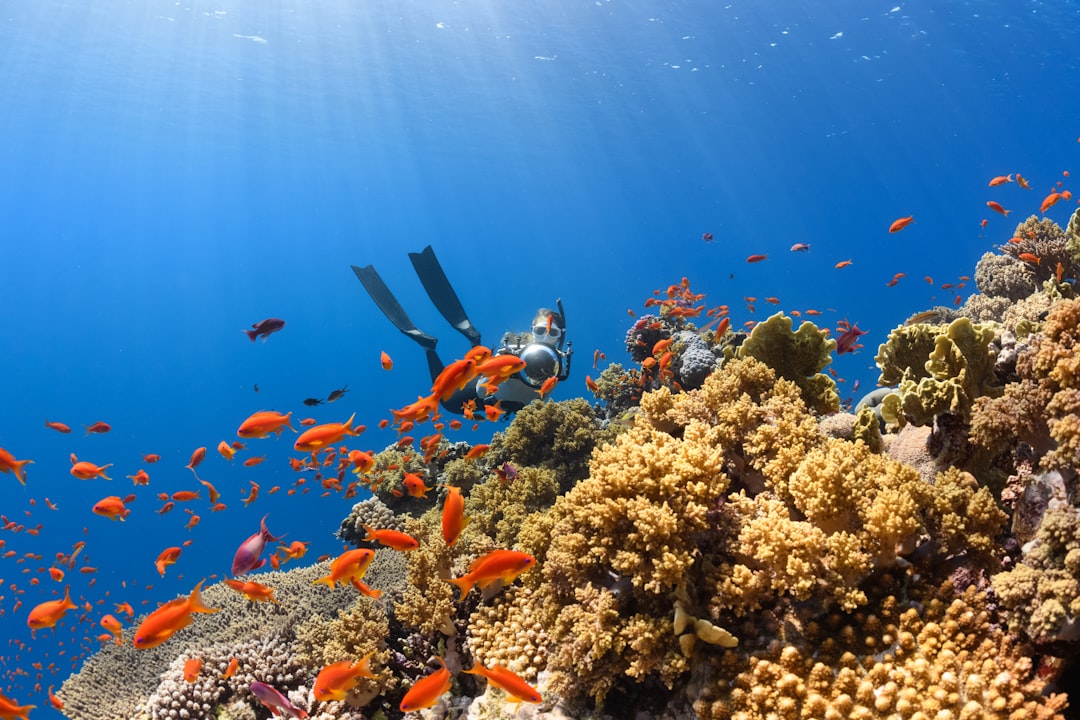
Importantly, we show that the effects of the late reef collapse persisted for at least 35 million years but likely far longer, as extensive coral reef systems did not appear again until the Scleractinian reefs of the Middle Triassic about 12 million years later. Importantly, we show that the effects of the late reef collapse persisted for at least 35 million years but likely far longer, as extensive coral reef systems did not appear again until the Scleractinian reefs of the Middle Triassic 150 million years later.
When reef systems finally did return, they were fundamentally different. Mesozoic and modern reefs are based on scleractinian (“stony”) corals, which would not evolve until the Triassic period. Devonian reef-builders are entirely extinct in the modern day: Stromatoporoids died out in the end-Devonian Hangenberg event, while rugose and tabulate corals went extinc The new coastal landscapes that emerged were shaped by completely different biological architects.
Lessons from Ancient Catastrophes
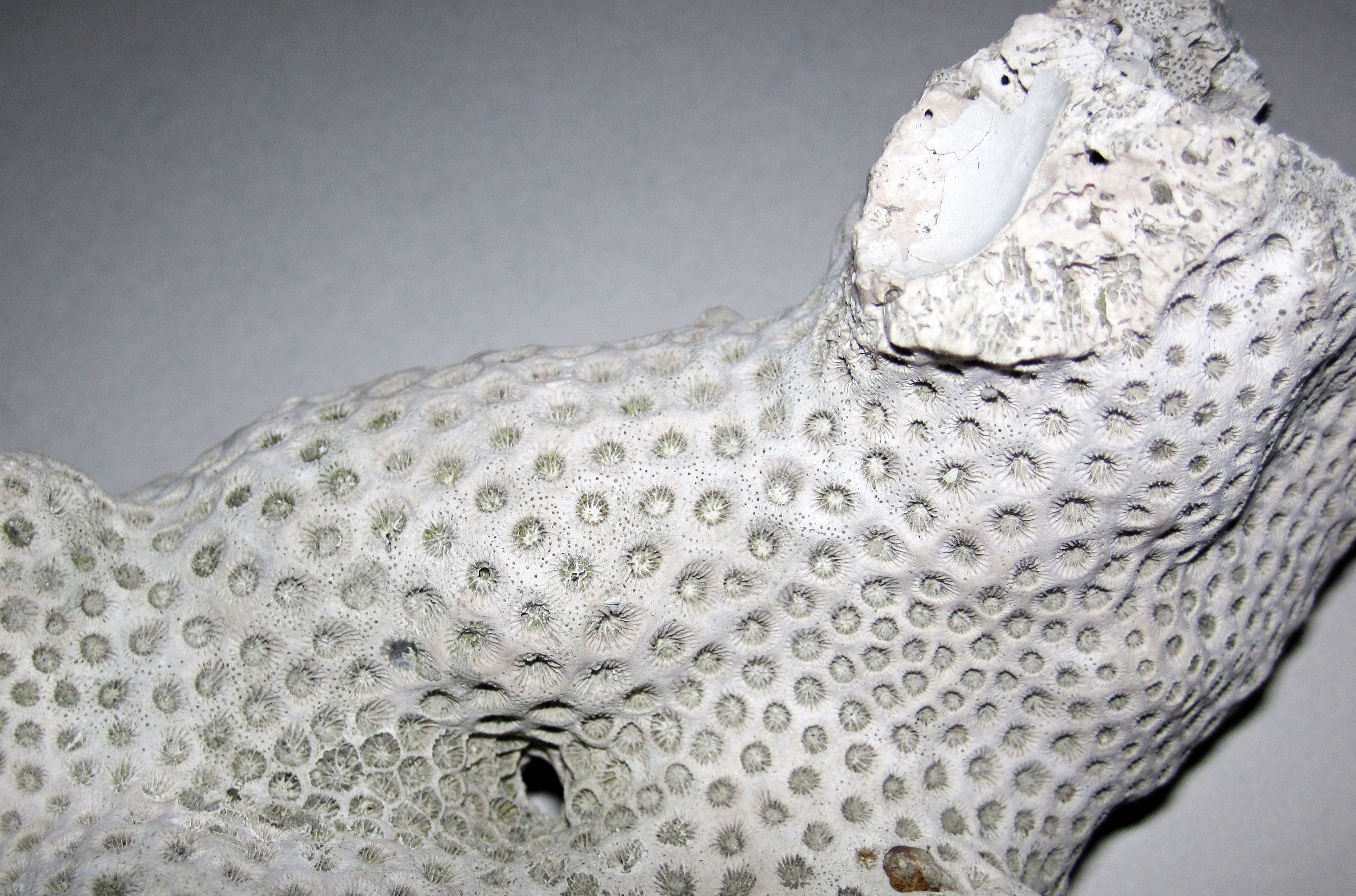
The modern reef faces rising sea levels, more heat waves and extensive bleaching, along with increasing sediment and nutrient input. This combination, on top of rising sea levels, is of deep concern. These data allow us to more precisely understand how reef and coastal ecosystems have responded to rapid environmental changes, like the rises in sea level and temperature we face today. They provide an irreplaceable window into how ecosystems have weathered – and sometimes failed to weather – rapid climate shifts in the past.
Given the importance of reefs to shallow marine biodiversity in ancient and modern seas, the collapse of tropical shallow-water reef ecosystems due to anthropogenic climate change could alter the functioning of marine ecosystems for millions of years. Given the importance of reefs to shallow marine biodiversity in ancient and modern seas, the collapse of tropical shallow-water reef ecosystems due to anthropogenic climate change could alter the functioning of marine ecosystems for millions of years. The prehistoric record shows us that when reefs collapse, the consequences echo through geological time.
The evidence is overwhelming – when ancient reef systems collapsed, they didn’t just disappear quietly. They reshaped entire prehistoric coastlines, altered wave patterns, changed erosion rates, and fundamentally transformed the geography of continents. From the massive Devonian reef systems that once stretched across entire ocean basins to the catastrophic collapses during the Great Dying, these events carved new coastlines that persisted for millions of years.
Understanding these ancient collapses isn’t just academic curiosity – it’s a warning about what happens when nature’s coastal protection systems fail. What do you think would happen to our modern coastlines if today’s reefs faced a similar collapse?

Jan loves Wildlife and Animals and is one of the founders of Animals Around The Globe. He holds an MSc in Finance & Economics and is a passionate PADI Open Water Diver. His favorite animals are Mountain Gorillas, Tigers, and Great White Sharks. He lived in South Africa, Germany, the USA, Ireland, Italy, China, and Australia. Before AATG, Jan worked for Google, Axel Springer, BMW and others.




